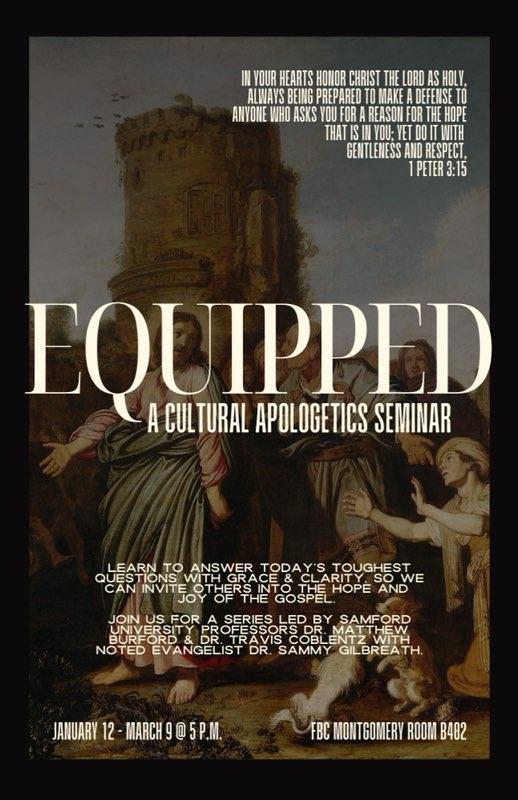Two Stories
In our third talk, we examined faith and how it relates to reason, facts, and doubt. We discussed how faith contains at least three elements (I do not claim to cover everything about faith, but simply some important aspects of faith):
- Faith is in a person (and full faith can only be in God).
- Faith has content, specifically what the one in whom the faith is placed says. In the case of Christianity, faith’s content is what God says (the word of God).
- Faith involves a choice. One is not compelled by evidence to have faith, but is called to repentance (metanoia) from faithlessness.
We then discussed how facts relate to the way that we view reality, using the example of first impressions and specific acts. Two people who do precisely the same set of actions can be interpreted differently based on first impressions or rumors spread about them. A kind act can be interpreted as selfish or a selfish act interpreted as kind. These interpretations come by drawing lines between information that we have in a sort of “connect the dots” fashion.
In the same way, the world is filled with facts. How we view the world, or which story we are in (the good story—that of the Bible—or the bad story—that story that covers everything from the Enuma Elish to atheistic evolution) comes from how we draw lines between those facts. The facts themselves cannot force one interpretation or the other.
This leads us to the foundational question: What drives us to choose to draw the picture of the world into that of the bad story or the good story? At heart, we have something that we value above all that directs us to draw the pictures we do of the world. It could be that we are so hurt and broken that we desire vengeance upon the world, to condemn it as evil. So we emphasize those facts that make it appear evil and draw our lines into the bad story. It could be that we are filled with hope, and so draw our lines into the good story.
I also noted how doubt about whether the world is within the good story can often be tied to sin and pain in our lives.
In reading this and reflecting on this past week’s talk, you might see a problem that it seems we did not adequately deal with: How do we know which approach is true? It seems that no matter which way we choose, whether the bad story or the good story, it is ultimately up to some value that we hold? Does this mean that there is no objective truth of the matter?
It certainly does not mean that there is no objective truth, but it does mean that we are limited creatures with access to only some of these truths. Ultimately, our knowledge, our collection of facts, is never sufficient to eradicate all questions. We do have great support for the truth of Christianity, but ultimately God asks us to trust Him, not build our intellectual Tower of Babel into the heavens. This can be troubling and humbling to us. But this is the case in all meaningful relationships—we are always, at some point, required to trust.
While we didn’t have the time (since we watched the clip of Sam’s speech from The Two Towers film), it is illuminating to dig into the question of scientific evidence and theory. Is science free of this apparent problem of value being at the heart of how we view of the world? The answer is, I think, “No.” Many have done work on this, from the very difficult philosophical work of W.V.O Quine, to the historical scientific analysis of Thomas Kuhn’s The Structure of Scientific Revolutions, to the broader claims of Wittgenstein’s Tractatus Logico-Philosophicus, and to the more recent writings of Polanyi and Esther Lightcap Meek on the relationship between love and the pursuit of knowledge (and even scientific knowledge).

If you are interested in a bit on what Meek (a Christian philosopher) says, this is a nice quick introduction to her work: https://www.youtube.com/watch?v=wAt4epHvXQY If you watch it, see how what she says relates to and further develops what we discussed in the talk.
We will explore the problem that the world has so much evil in it next week, and see how it relates to hope and how we can still look at the world as within the good story.



